Mexico, a country with a rich tapestry of history, culture, and natural beauty, occupies a prominent place in the heart of North America. From its ancient civilizations to its vibrant modern cities, Mexico offers a diverse array of experiences for visitors and residents alike. In this comprehensive exploration, we’ll delve into the essence of Mexico, covering its geography, history, culture, economy, and current affairs.
Geography:
Mexico is located in the southern part of North America, bordered by the United States to the north, the Pacific Ocean to the west, Guatemala, Belize, and the Caribbean Sea to the southeast, and the Gulf of Mexico to the east. The country’s diverse geography encompasses rugged mountains, lush rainforests, expansive deserts, and pristine coastline.
The Sierra Madre Occidental and Sierra Madre Oriental mountain ranges stretch from north to south, dividing the country into several distinct regions. The central plateau, known as the Mexican Altiplano, is the heartland of Mexico and is home to the country’s largest cities, including Mexico City, Guadalajara, and Monterrey.
To the east, the Gulf Coastal Plain and the Yucatán Peninsula are characterized by their tropical climate, dense vegetation, and ancient Mayan ruins. The Pacific Coast is dotted with sandy beaches, rocky cliffs, and vibrant resort towns, such as Acapulco, Puerto Vallarta, and Cabo San Lucas.
In the south, the Chiapas Highlands and the Oaxaca Valley are known for their indigenous cultures, colonial architecture, and rich biodiversity. The Baja California Peninsula, stretching for over 1,000 kilometers (620 miles) along the Pacific Coast, is a rugged and arid region famous for its marine life, deserts, and coastal towns.

History:
Mexico’s history is a complex tapestry woven from the threads of indigenous civilizations, European colonization, and struggles for independence and democracy. Before the arrival of Europeans, the region was inhabited by various indigenous peoples, such as the Aztecs, Maya, Zapotec, and Mixtec, who had established advanced societies with rich cultural traditions.
In 1519, Spanish conquistador Hernán Cortés arrived in Mexico and began the conquest of the Aztec Empire, leading to the downfall of the Aztec capital of Tenochtitlan and the establishment of Spanish rule. The Spanish brought Catholicism, the Spanish language, and European customs and laws to the region, as well as forced labor practices and exploitation of natural resources.
Mexico gained independence from Spain in 1821, following a long and bloody struggle against colonial rule. The country’s first emperor, Agustín de Iturbide, established a monarchy with himself as ruler, but his reign was short-lived, and Mexico soon became a republic with a system of government modeled after the United States.
The 19th and early 20th centuries were marked by political instability, foreign intervention, and social upheaval, including the Mexican-American War, the French Intervention, and the Mexican Revolution. The revolution, which began in 1910, led to the overthrow of the authoritarian regime of Porfirio Díaz and the establishment of a more democratic and egalitarian society.

Culture:
Mexico’s culture is a vibrant mosaic of indigenous, European, African, and mestizo influences, reflected in its music, dance, art, literature, and cuisine. From mariachi bands to pre-Hispanic ruins, Mexico’s cultural heritage is celebrated around the world for its diversity, creativity, and authenticity.
Music is an integral part of Mexican culture, with genres such as mariachi, banda, and norteño enjoying widespread popularity. Mariachi, a traditional style of music originating in the western state of Jalisco, is characterized by its lively rhythms, soulful vocals, and intricate instrumentation, including guitars, violins, and trumpets.
Dance is also a cherished tradition in Mexico, with styles such as ballet folklórico, jarabe tapatío, and danzón being performed at festivals, celebrations, and social gatherings throughout the country. Ballet folklórico, in particular, is a colorful and dynamic form of dance that showcases the diverse cultural heritage of Mexico’s regions and peoples.
Mexican cuisine is renowned worldwide for its bold flavors, fresh ingredients, and complex techniques. Dishes such as tacos, tamales, and mole showcase the country’s culinary traditions, with staples such as corn, beans, and chilies forming the foundation of Mexican cooking. Regional specialties such as pozole, ceviche, and cochinita pibil add variety and depth to the cuisine, while street food such as elotes, tlayudas, and churros offer affordable and delicious options for hungry diners.
Economy:
Mexico has a mixed economy with a diverse range of industries, including manufacturing, agriculture, services, and tourism. The country is one of the largest economies in Latin America and a member of the North American Free Trade Agreement (NAFTA), with strong trade ties to the United States and Canada.
Manufacturing is a significant contributor to Mexico’s economy, with industries such as automotive, electronics, and aerospace playing key roles. The country is a major producer of automobiles, with multinational corporations such as Ford, General Motors, and Volkswagen operating assembly plants in Mexico and exporting vehicles to markets around the world.
Agriculture is also an important sector of Mexico’s economy, employing millions of people and generating export revenue. The country is a leading producer of fruits, vegetables, and grains, with staples such as corn, beans, and avocados forming the basis of the Mexican diet. Coffee, sugarcane, and livestock are also important agricultural products, contributing to economic growth and rural development.
Services, including tourism, finance, and telecommunications, are another significant part of Mexico’s economy, providing employment opportunities and contributing to GDP. Tourism is a major source of revenue for Mexico, with millions of visitors flocking to the country each year to experience its rich history, vibrant culture, and stunning landscapes. Popular destinations such as Cancún, Playa del Carmen, and Tulum attract tourists from around the world, generating billions of dollars in revenue for the Mexican economy.
UNESCO World Heritage Sites

The most striking curiosities that make unique:
The most touristically renowned places:
Conclusion:
Mexico’s story is one of resilience, diversity, and innovation, as the country navigates the challenges and opportunities of the 21st century. Its rich cultural heritage, diverse landscapes, and dynamic economy make it a unique and fascinating destination in North America. As Mexico continues on its journey of growth and development, it faces numerous challenges and uncertainties, from addressing political corruption and social inequality to promoting economic prosperity and environmental sustainability. Despite the complexities and hardships, Mexico’s spirit of resilience, creativity, and optimism shines brightly, inspiring both its citizens and the world at large.


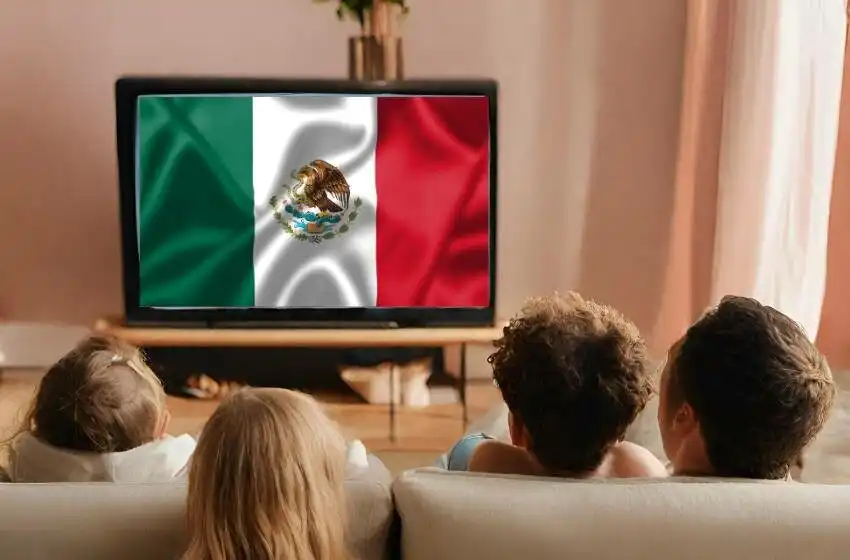
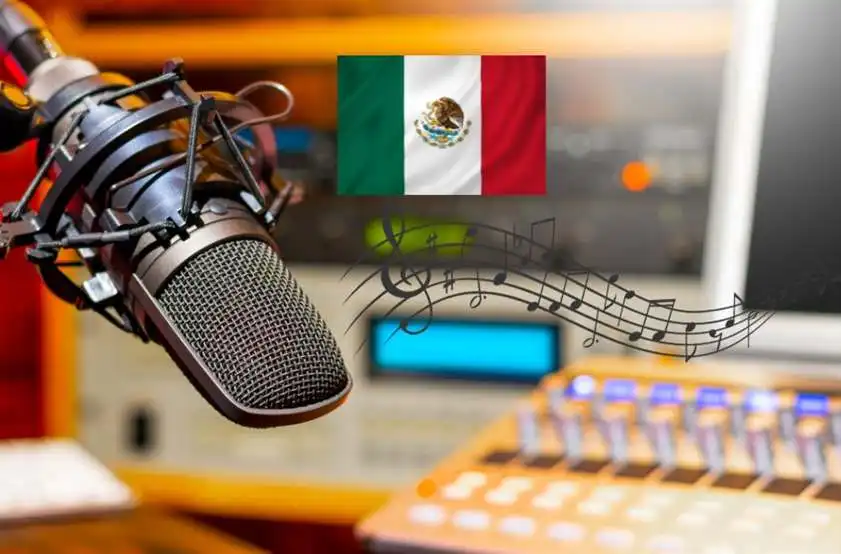

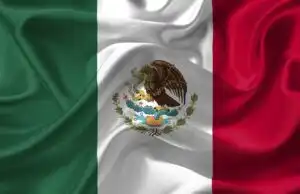
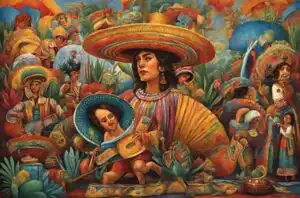
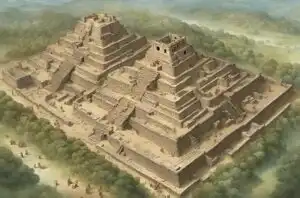

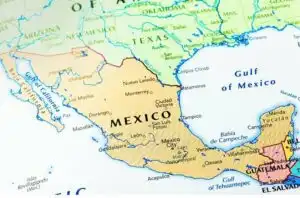
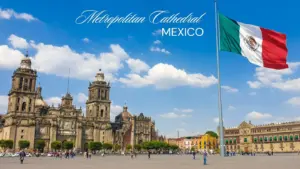

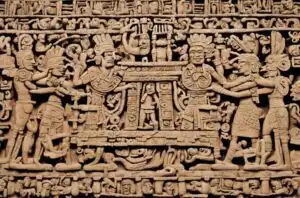
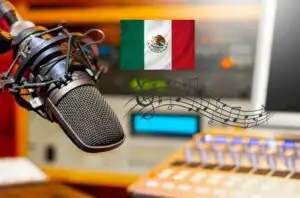
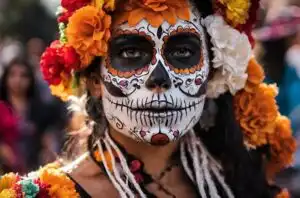
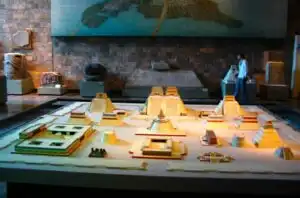
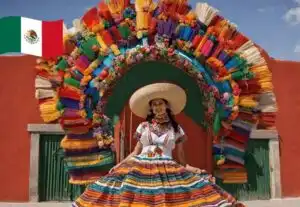

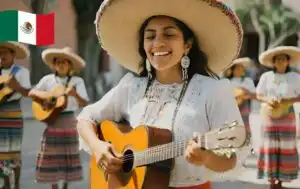




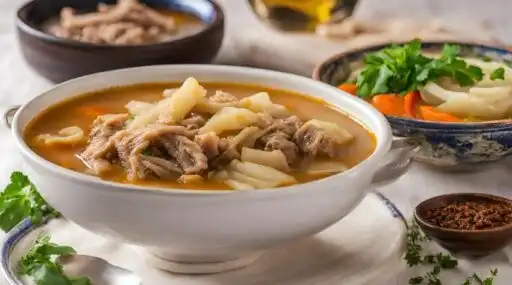
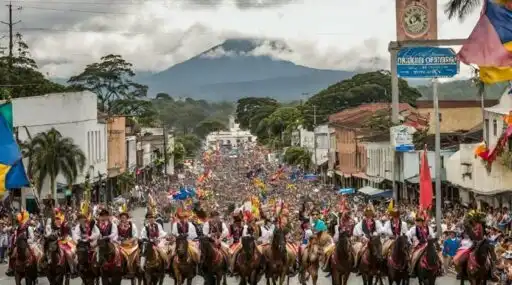

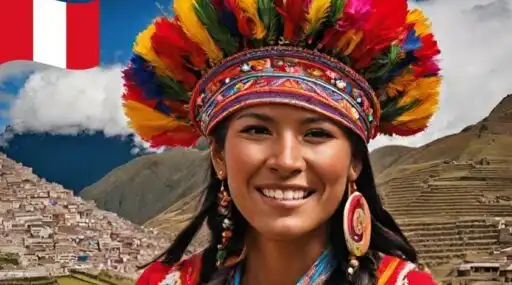
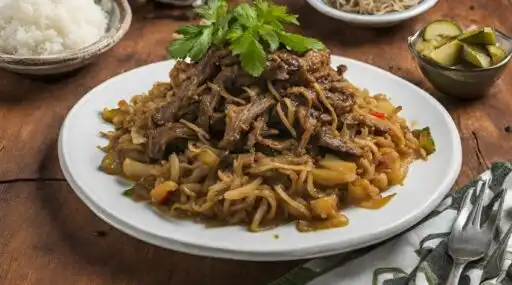
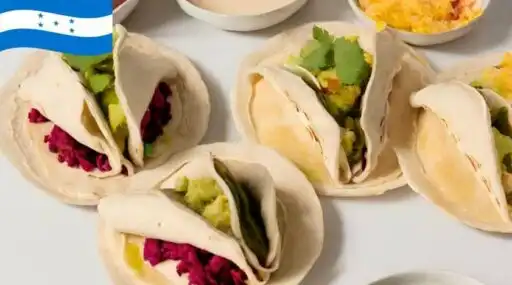
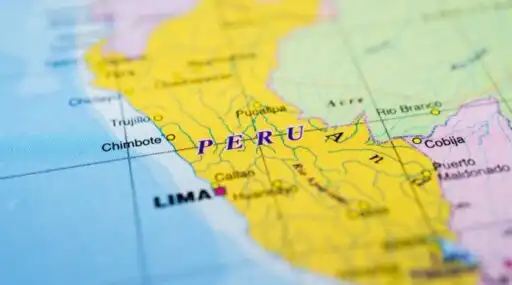
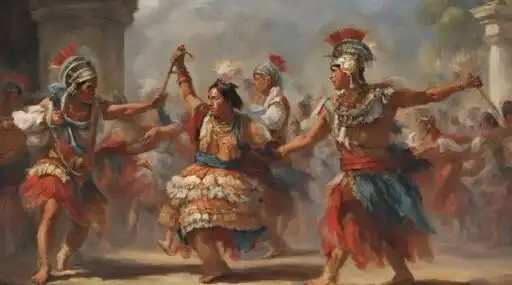
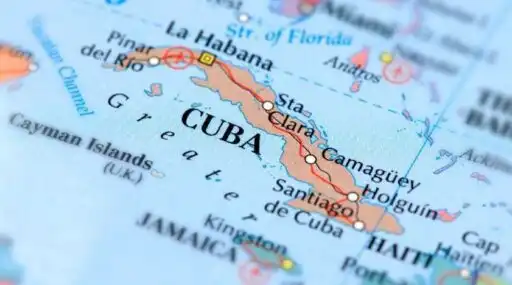


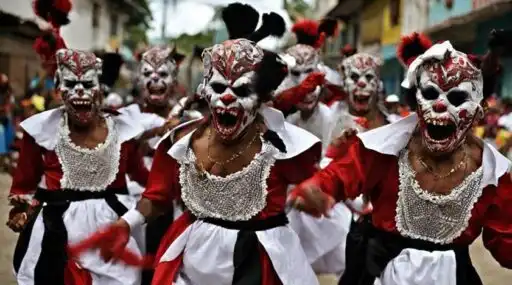
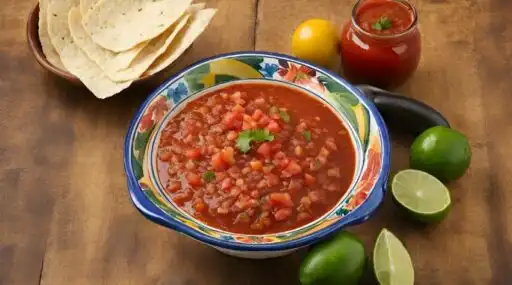
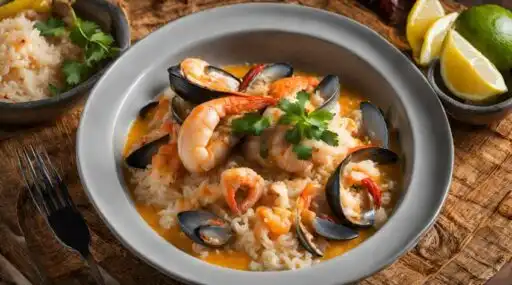

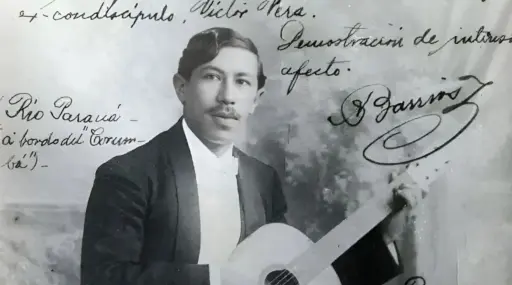

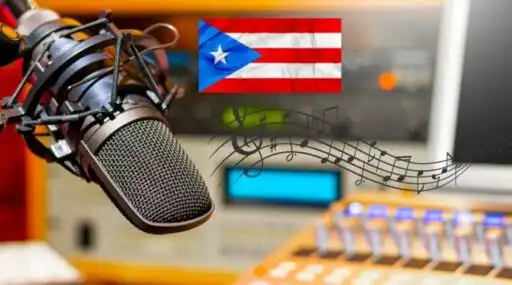



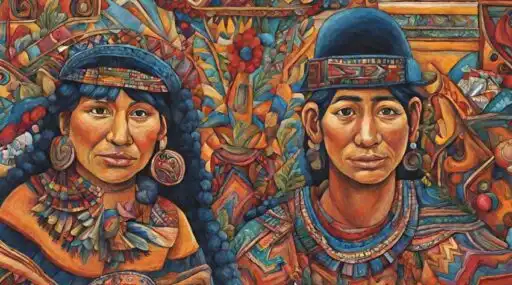
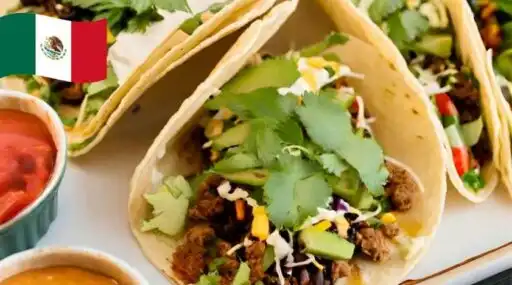
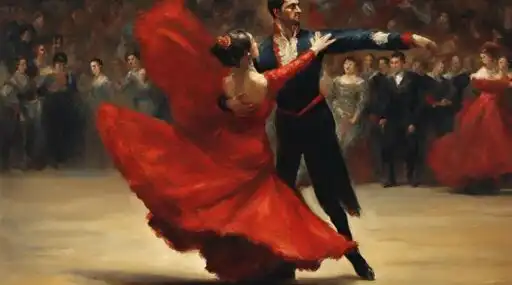
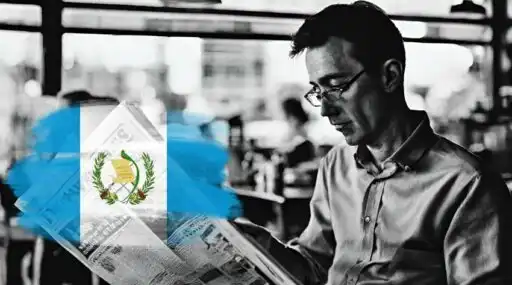

Leave a Reply